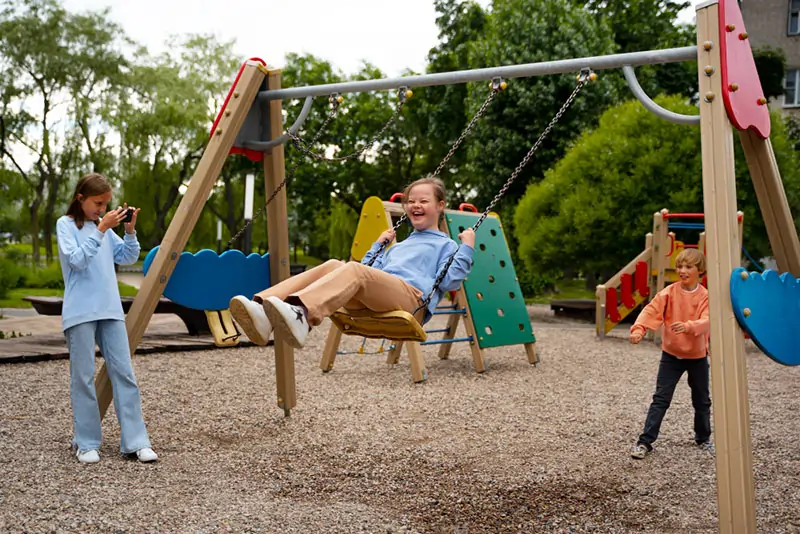Teaching Kids The Value Of Money

Teaching your kids the value of money can help them learn how to be responsible from an early age. It’s never too early to help children learn why money is valuable. They should know how to save their money as well. By the time they are adults, they will know how to spend their money more wisely. Children should be taught how to respect money, right from when they are young.
Teach your child how to responsibly manage money with these tips.
1. Math Basics
Managing money and maths go hand in hand. After your children start going to school, they’ll start learning basic mathematics. This knowledge can then help them learn about money management. Use maths to teach your children about money. Math problems focused on money management are one way to do this.
You can get money games for your child to play at home. These days, many games are available for children to play on the PC or their smart devices. Teach your child how they can identify various coins. Show them how to count money, as well as how to provide change. This helps your child learn how cash can be used, and they’ll be more comfortable using money earlier in their lives.
2. Buy Piggy Banks
There are various kinds of designs that you can choose from when it comes to piggy banks for children. When you get your child a piggy bank, you show them the importance of saving money. This helps instill responsibility within them when it comes to handling their money. Ask your kids to save up a certain amount of money within a specific time frame. You could also ask them to only save a particular kind of coin.
This process can be turned into a game, which can make children more interested in learning about saving money. Choose a specific day when you and your child will break open the piggy bank. After breaking the piggy bank, together with your child, count how much money they have saved. You can use visual records like charts to show your children how much they are saving and to inspire them to save more.
3. Take Your Kids To Your Bank
From an early age, children should feel comfortable about visiting the bank. You can open a custodial savings account in their name at your bank. Ask your child to talk to the bank teller, without your help. Support your child where needed, but let them explain to the bank teller what they want.
Ask your child to commit to depositing certain sums either monthly or weekly. If your child has a personal bank account, this might encourage them to save more money.
4. Planning How To Spend The Money
Aside from teaching your children how to save money, you should also teach them how to responsibly spend money. Teach them that when they have enough money, they will be able to buy whatever they want. Encourage your child to think about saving a lot of money. Then later, when they really want to purchase something, they’ll have the money needed to buy what they want.
5. Shopping By Themselves
Provide your child with an allowance that they can spend on themselves. This way you can also observe how they spend money. Some children might want to spend more than they have saved. In such cases, talk to the child about the importance of saving money, as well as being frugal. Don’t provide your children with a loan against their allowance.
Talk to your children about how they can spend money wisely. When they buy something with the money that they have saved, remind them that they were able to do this because they saved their money. This can be a good way to inspire children to save more money.
Image: Dreamstime stock photos
6. Provide Cash
With a credit card, even adults are tempted to buy things that they can’t afford. Teach your kids that they should use the money that they already have, in order to buy what they want. Hand them cash, and actively teach them how they can save and spend that money.
Conclusion
To teach your children how to save and spend money, consider teaching by example. At the same time, let the kids have some control over how they spend their money. Provide your child with an allowance that can help them buy things they might be interested in. At the same time, also encourage your child to save money as well.
Also, teach your child about keeping financial records and how savings accounts operate.

